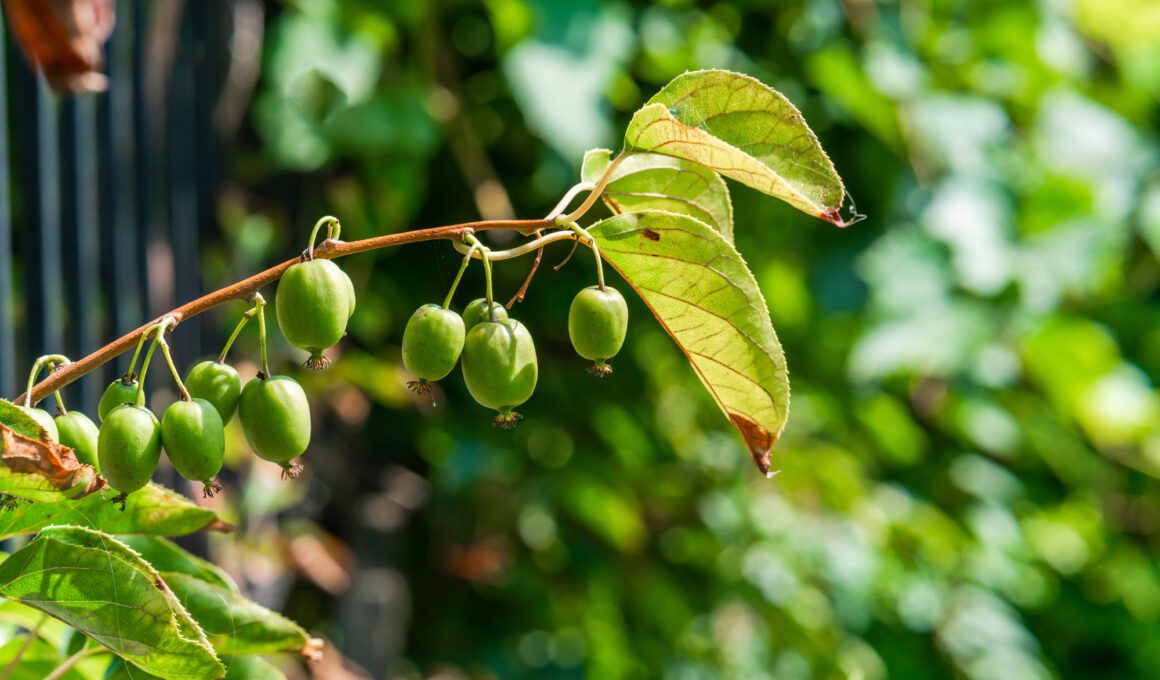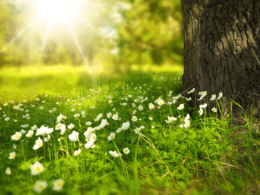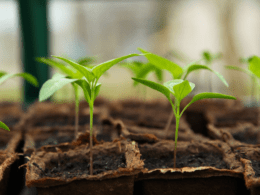Understanding the Basics of Issai Kiwi Plant
Imagine you’re nurturing a fast-growing vine; that’s what taking care of an Issai Kiwi plant is like, it’s a truly unique plant that’ll capture your heart with its glossy leaves and beautiful flowers. Native to Japan, the Issai Kiwi is a deciduous vine that can grow up to 20 feet tall. This hardy plant thrives in USDA zones 4-8 and prefers well-drained soil with a pH of 5.5-7.0. The Issai Kiwi is dioecious, meaning it has separate male and female plants. However, unlike other kiwi varieties, the Issai produces both male and female flowers on the same plant, making it self-fertile. Its fruits are smaller and sweeter than common kiwi fruits and are hairless, which makes them easier to eat. Growing Issai Kiwi is a rewarding task for any gardening enthusiast.Choosing the Right Location and Soil
Selecting an optimal site and preparing the soil appropriately are paramount steps in nurturing these exotic fruits. Issai Kiwi plants thrive in a location that gets full sun but is sheltered from harsh winds. This helps the plant produce a plentiful harvest and promotes vigorous growth. The soil must be well-drained and rich in organic matter. A slightly acidic pH, between 5.0 and 6.5, is ideal for these plants. If your soil is clayey or sandy, consider amending it with compost or other organic matter to improve its structure and fertility. Moreover, the site should have enough space for the plant’s vine to spread. Remember, providing the right growing conditions from the start will significantly increase your chances of successfully growing Issai Kiwi.Can Issai Kiwi Plants Withstand Drought Conditions?
Can Issai Kiwi Plants Withstand Drought Conditions? Yes, Issai kiwi plants are excellent drought-tolerant plants for your garden. These hardy vines are known for their ability to withstand prolonged dry periods while still producing delicious fruits. With proper care, including mulching and regular watering during establishment, Issai kiwi plants can thrive even in regions with limited water availability. So, if you’re looking for resilient and low-maintenance additions to your garden, consider planting drought-tolerant Issai kiwi plants.









